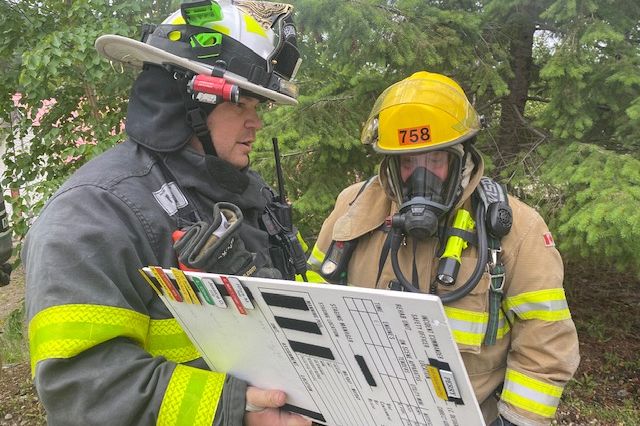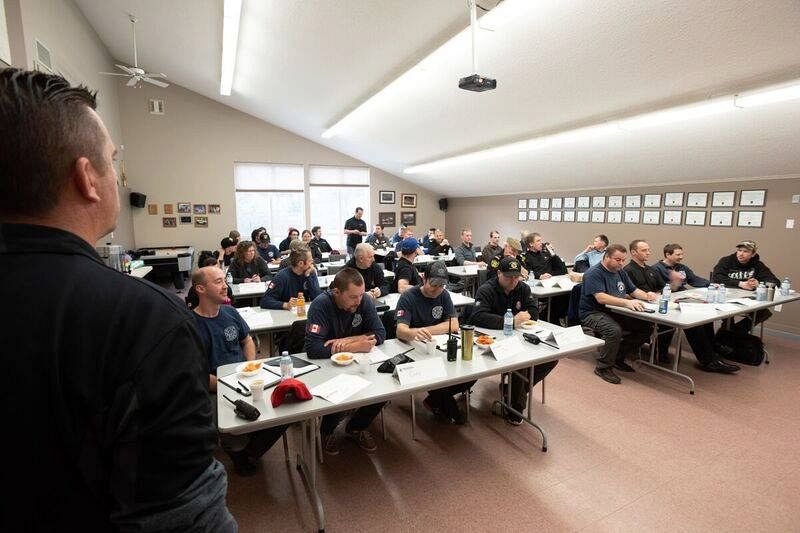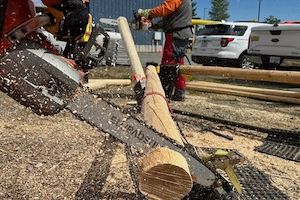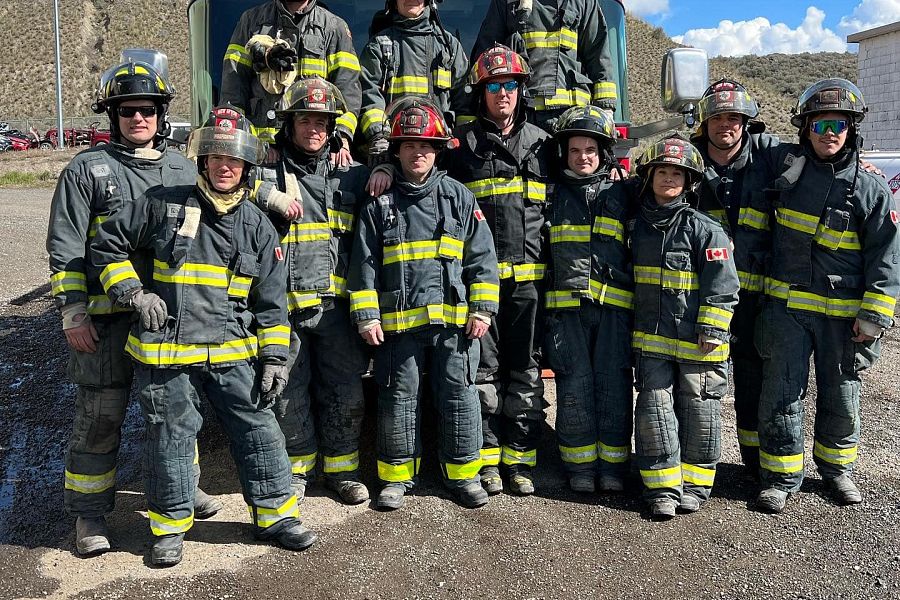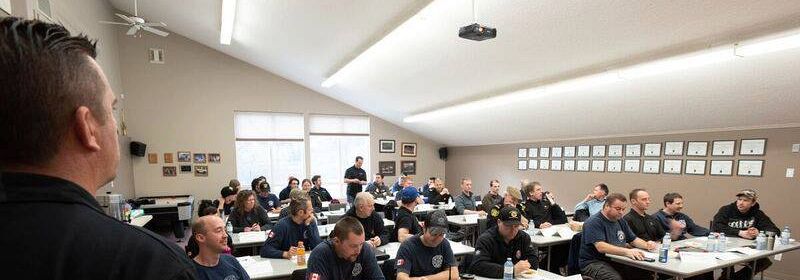
A Business Owner’s Guide to Safety Compliance
September 22, 2025
A Business Owner’s Guide to Safety Compliance in BC: Your Essential Checklist
Running a business in British Columbia comes with many responsibilities, and one of the most important is ensuring workplace safety. Beyond protecting employees, safety compliance also helps businesses avoid costly fines, reduce liability, and maintain a positive reputation.
If you’re a business owner in BC, this checklist will help you confirm whether your workplace meets the minimum requirements set by WorkSafeBC and other safety standards.
✅ 1. Register with WorkSafeBC
-
All employers in BC must be registered with WorkSafeBC if they employ workers (even part-time or casual staff).
-
Registration ensures you’re covered for workplace injuries and are contributing to the insurance system that protects both workers and employers.
✅ 2. Create a Written Health and Safety Program
-
Businesses with 20 or more employees must have a formal health and safety program.
-
Businesses with fewer than 20 employees still need an informal program.
-
A written program should include:
-
Health and safety policy statement
-
Clear responsibilities for managers, supervisors, and workers
-
Safe work procedures
-
Training and orientation requirements
-
✅ 3. Conduct Regular Risk Assessments
-
Identify potential hazards in your workplace, from machinery to ergonomic risks.
-
Assess each hazard for likelihood and severity.
-
Put controls in place (engineering, administrative, or PPE).
-
Review assessments regularly and update when processes change.
✅ 4. Provide Proper Training and Orientation
-
New and young workers must receive a thorough safety orientation before starting.
-
Workers should be trained on safe equipment use, emergency procedures, and any job-specific risks.
-
Document all training sessions—records may be requested during inspections.
✅ 5. Appoint a Joint Health and Safety Committee (or Representative)
-
Required if you have 20 or more employees.
-
If you have 10–19 employees, you need a designated worker health and safety representative.
-
Committees and representatives play a key role in reviewing safety concerns, conducting inspections, and supporting compliance.
✅ 6. Keep Records and Documentation
-
Maintain records of:
-
Incident reports
-
Safety inspections
-
Worker training
-
Committee meeting minutes
-
-
Documentation shows WorkSafeBC that your business is taking compliance seriously.
✅ 7. Emergency Preparedness Plan
-
Every business must have an emergency response plan.
-
This includes evacuation procedures, first aid arrangements, and communication protocols.
-
Make sure staff know what to do in the event of a fire, earthquake, or workplace accident.
✅ 8. Provide First Aid Coverage
-
The level of first aid required depends on the size of your workforce, industry type, and workplace location.
-
At a minimum, businesses need:
-
A stocked first aid kit
-
An appointed first aid attendant (if required by WorkSafeBC regulations)
-
Clear posting of emergency contact numbers
-
✅ 9. Stay Up to Date with WorkSafeBC Regulations
-
Safety requirements can change as industries evolve.
-
Regularly review updates from WorkSafeBC to ensure your business remains compliant.
-
Consider scheduling an annual compliance review.
Final Thoughts
Workplace safety isn’t just a legal requirement—it’s a responsibility that protects your people and your business. By following this checklist, you can ensure that your workplace meets the minimum safety compliance requirements in BC and fosters a culture of care and accountability.
If you’re unsure whether your business is fully compliant, consider booking a professional safety compliance audit to identify gaps and avoid costly penalties.
Insights
Keep up to date with training tactics and strategies for emergency responder safety and training programs. Industry leaders in safety and training programs share their insights on past and current trends and topics here.


